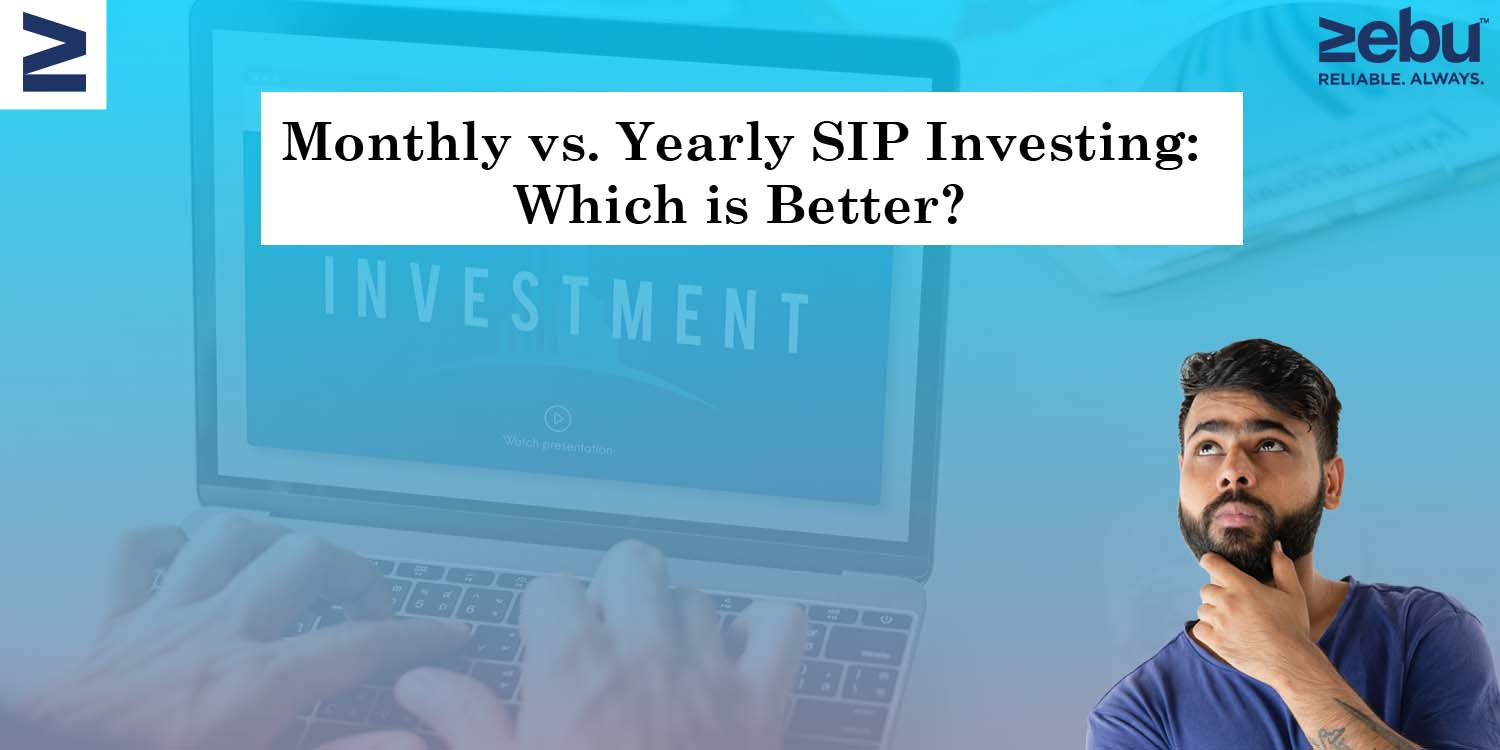
There will be a plethora of IPOs to invest in in 2022, and there will be no shortage of allotments. This will undoubtedly be a banner year for the Indian stock market, as IPOs abound and investors scramble for a piece of the action. Investors rushed to diversify their portfolios in 2021, when more than 60 initial public offerings (IPOs) were listed. The market is excited about IPO allotment this year, and investors are eager to get their hands on the greatest firm stocks.
Trading or investing can be a difficult journey without the right tools. That’s why you need the best Indian trading platform with a wide range of features. With Zebu, one of the best stock brokers in the country, your online stock trading journey will be drastically enhanced.
How an Initial Public Offering (IPO) Works
An IPO, or Initial Public Offering, occurs when a private firm sells its stock to the general public. Companies begin as private companies with a small number of stockholders, such as the founders and their relatives and friends. Original stockholders of a private firm can include venture capitalists and a variety of financiers. When a company has achieved a significant point in its development and has established itself in its industry, it can apply to be listed and sell its shares to the general public. When this happens, anyone can become a shareholder in the firm and place a bid for a specific number of shares. Nonetheless, even if you desire a specific number of shares, you may not receive the IPO allocation for which you bid, receiving less than you expected, or receiving none at all.
You might come upon an upcoming IPO among so many of the others expected in 2022, but how do you guarantee allotment? For a large number of eager investors, this is still an open subject. Looking back not too far in time, in 2021, practically every IPO that was offered was massively oversubscribed. However, there are certain specific things you can do to improve your chances of receiving the allotment you want.
How to Increase Your Chances
As an investor, the fact that an IPO is coming up may excite you, but it’s not a good feeling when you don’t get the allocation you expected, or worse, no allotment at all. As a result, you should understand how to improve your chances of receiving an IPO allotment by using the approaches listed below:
Early Application – When an initial public offering (IPO) is announced, you have three days to apply. Instead of bidding for allocation at the last minute, it’s a good idea to do so within the first couple of days. If at all possible, bid on an allotment the same day it is made available. This implies you should have done your study and analysis on the firm in issue well ahead of time to ensure you desire a piece of its stock.
Avoid Confusion – Many investors become confused by the phrases used during the IPO application process. If you want to be certain of receiving an IPO allotment, you need think clearly and understand these terms ahead of time. The distinction between the ‘cut price’ and the ‘bid price,’ for example, is never clear. An investor’s willingness to pay any price that companies decide on at the end of the book-building exercise is referred to as the ‘cut price.’ After the use of the ‘cut price,’ the investor is obligated to bid in the highest price range. Any additional amount is reimbursed if the price is lower than predicted, so investors should buy at the ‘reduced price.’
Avoid Making Mistakes – Filling out IPO application paperwork should not be rushed. Errors in filing forms are common, and these might lead to rejection or the need to refill paperwork.
Parent-Company Stocks – If the IPO is for a company that has a parent-company, you should first buy some parent-company stock. This raises your chances of getting an IPO allotment in the company where the IPO is being offered.
Open a Demat Account With Zebu, one of the fastest growing share broker companies in India, to invest in any future IPOs as well as a variety of other securities. Simply open a Demat account and you’ll be on your way to a world of benefits and fantastic returns.
Like we mentioned earlier, with the right tools your share market journey can be a lot simpler. That’s why Zebu brings to you the best Indian trading platform with a wide range of features.As one of the best stock brokers in the country, your online stock trading journey will be drastically enhanced.








